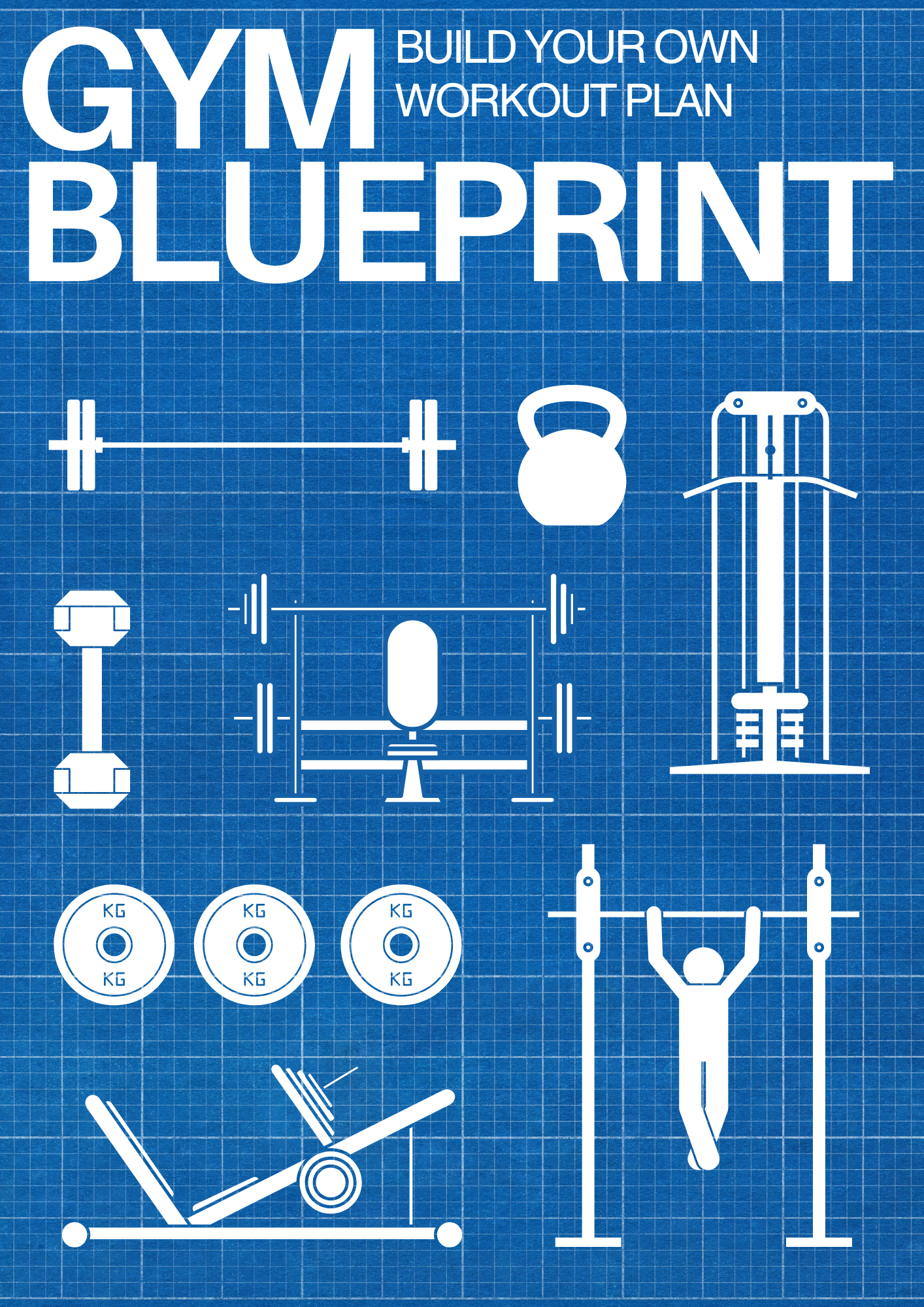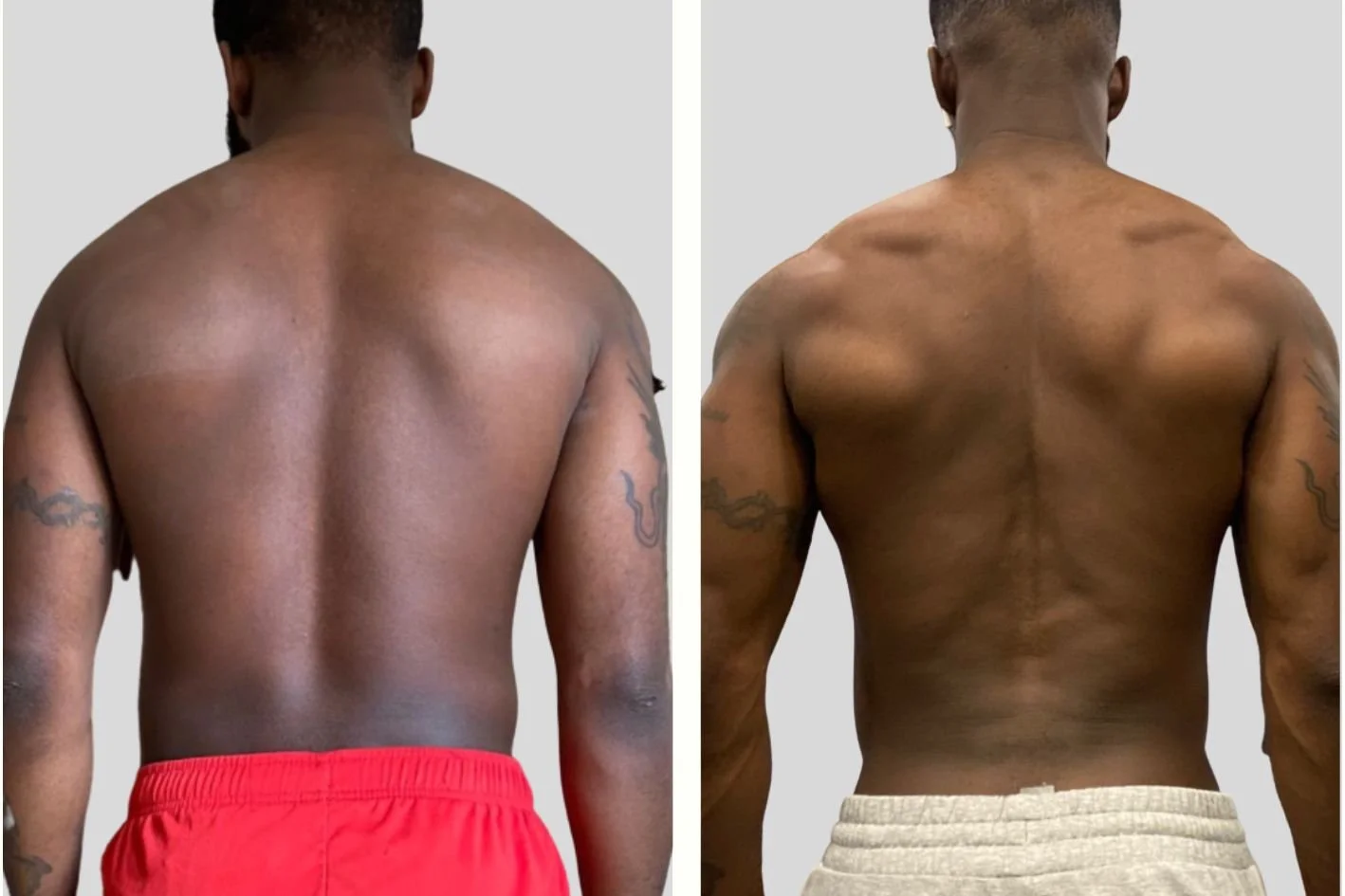Sushi Protein: Best Choices for Muscle Gain
Sushi Protein: Introduction
Sushi is a dish that often divides opinions, with people typically falling into the love or hate category. It wasn't until I spent over a year in Japan that I moved from the sceptics' camp to becoming a massive sushi lover.
As your anime-enjoying, Jiu-Jitsu practising, thick-eye-browed, 1-2-1 online fitness coach, I'm excited to discuss why sushi is so good and how it can fit into your fitness regimen.
In this "Sushi Protein: Best Choices for Muscle Gain", we'll explore:
Why is sushi so good
Sushi high in protein
The protein in sashimi
Low-calorie sushi options high in protein
Recommendations for sushi post-workout
Throughout, you'll see how sushi can be a delicious and strategic meal for muscle gain. So, let's step into the world of sushi and discover the best options for maximising your protein intake!
High Protein Sushi Walkthrough
Sushi, a traditional Japanese dish, consists of vinegared rice with various ingredients such as seafood, seaweed (nori), vegetables, and sometimes fruits.
This delightful dish is then typically served alongside soy sauce, wasabi, and pickled ginger, which are often complimentary with sushi meals.
Sushi High in Protein: Different Types
Uramaki: Known as inside-out rolls, uramaki features rice on the outside with nori inside, encasing the fillings. This type of sushi can vary in sushi carbs depending on the fillings. It's an excellent option for those seeking low-carb sushi, as you can choose fillings like cucumber or mango.
Temaki: This hand-rolled sushi forms a cone shape with nori on the outside, making it convenient to eat by hand. High-protein sushi options include temaki filled with salmon or tuna, boosting your sushi protein intake.
Maki: Traditional rolled sushi with rice and fillings encased in nori and sliced into bite-sized pieces. Maki includes varieties like hosomaki (thin rolls) and futomaki (thick rolls), which can be considered for low-fat sushi choices by selecting vegetable or lean fish fillings.
Sashimi: Thinly sliced raw fish or seafood, served without rice, making it an excellent choice for those counting calories in sushi. Sashimi nutritional facts show it's a low-calorie sushi option, popular in sushi post-workout meals due to its high protein content.
Nigiri: Hand-formed rectangles of rice topped with a slice of raw or cooked fish or seafood, occasionally bound with a strip of nori. For those wondering how many carbs in sushi like nigiri, it largely depends on the thickness of the rice layer.
Chirashi: A bowl of sushi rice topped with various types of sashimi and garnishes, often called "scattered" sushi. This dish provides various sashimi health benefits due to the significant amount of protein in sashimi.
Inari: Sushi rice stuffed into a pouch of seasoned fried tofu, providing a unique sweet and savoury taste.
Oshizushi: Pressed sushi in which ingredients and rice are layered in a mould, then pressed into a rectangular shape and sliced. This method preserves the fatty fish sushi benefits, as it often includes mackerel or salmon, which are rich in omega-3 fatty acids.
The Benefits of Protein in Your Diet
Protein is essential not only for bodybuilders or athletes but for everyone. It aids in repairing tissues, regulating hormones, and promoting overall health. Moreover, protein is vital for weight management, helping with satiety, and maintaining muscle mass, even when on a calorie deficit.
Whether you eat meat, seafood, or plant-based proteins like beans and lentils, meeting your daily protein requirement is achievable and beneficial.
Weight-Based Method: Aim for approximately 0.7 to 1 gram of protein per pound of body weight. For example, if you weigh 180 lbs, you should target at least 126 grams of protein daily.
Goal Weight Method: If aiming to lose a lot of body fat, calculate your protein needs based on 0.7 to 1 gram per pound of your desired body weight.
Choose the method that best fits your lifestyle for consistency. Aim for a "minimum protein intake" because if you exceed, say, 126g of protein, that's fine, too! Including options like high-protein sushi can be an excellent way to achieve these targets pleasantly and deliciously.
Note:
Strength training massively goes hand in hand with optimal protein intake. So, if you're unsure what to do at the gym, consider grabbing my free workout plan by clicking here.
High Protein Sushi: The Best Options
When selecting sushi for its protein content, it's best to consider the primary protein sources, setting aside other ingredients like rice, wasabi, avocado, and soy sauce, which vary by restaurant and personal taste. It's well-known that maintaining calorie intake around the maintenance level or a slight surplus is beneficial for muscle gain.
However, for simplicity, this article will focus on identifying the most protein-dense sushi options available.
Here is a table ranking seafood by protein density to simplify your choices. This list focuses solely on common sushi proteins, excluding non-protein ingredients like cucumber, wasabi, ginger, and avocado.
The table is based on the protein and calories per 100 grams and includes a star rating to indicate the protein-to-calorie ratio:
★★★: Very high protein-to-calorie ratio (0.19 grams or more of protein per calorie)
★★: Moderate protein-to-calorie ratio (0.11 to 0.18 grams of protein per calorie)
★: Lower protein-to-calorie ratio (less than 0.11 grams of protein per calorie)
This rating system helps quickly identify the most efficient protein sources relative to their caloric content. Remember, seafood with lower stars still offers valuable nutrients such as essential fatty acids and vitamins, contributing to a balanced diet.
| Food per 100g | |||
|---|---|---|---|
| Seafood | Protein (g) | Calories (kcal) | Star Rating |
| Shrimp (Ebi) | 20.3 | 99 | ★★★ |
| Crab (Kani) | 19.4 | 97 | ★★★ |
| Lean tuna (akami) | 25.0 | 130 | ★★★ |
| Octopus (Tako) | 15.0 | 82 | ★★★ |
| Squid (Ika) | 16.2 | 92 | ★★ |
| Scallop (Hotate) | 14.0 | 88 | ★★ |
| Yellowtail (Hamachi) | 23.0 | 146 | ★★ |
| Medium-fatty tuna (chūtoro) | 23.2 | 170 | ★★ |
| Clam (Hamaguri) | 10.0 | 74 | ★★ |
| Sea Urchin (Uni) | 14.0 | 120 | ★★ |
| Eel (Unagi) | 18.4 | 184 | ★ |
| Salmon (Sake) | 20.4 | 208 | ★ |
| Mackerel (Saba) | 18.6 | 205 | ★ |
| Very fatty tuna (ōtoro) | 21.5 | 240 | ★ |
Shrimp, crab, lean tuna, and octopus are the best choices for those aiming to maximise their protein intake. These options offer the highest protein efficiency, which is essential for those focused on sushi high in protein.
Other good choices, like squid, scallop, and yellowtail, while slightly less protein-dense, still provide worthwhile protein contributions to your diet.
One of my 1-2-1 online fitness members, Hakeem, a south Londoner working in politics and an avid Arsenal FC fan, effectively used these sushi principles on his muscle-gain journey. His fondness for sushi, which began around the same time we started working together, allowed him to choose high-protein options during meals with friends consistently.
The results of integrating sushi into his muscle-building regimen were remarkably successful–as highlighted below.
This example illustrates the practical benefits of choosing sushi after workout sessions and selecting low-calorie sushi options rich in protein, like sashimi protein, to support muscle gain.
With these tips, you can better optimise your sushi choices to support muscle gain.
Next up: strategies on improving your sushi meals to complement your fitness goals further.
Note:
If you want to determine your calorie goal to complement your protein intake, click here for my free calorie calculator.
Optimise High Protein Sushi Meals
To improve the nutritional value of your sushi meals, particularly for muscle gain, consider incorporating the following strategies:
Be mindful: Potentially minimise or steer clear of fried variations of sushi, as these typically tend to be highest in fat. Opting for low-fat sushi can help.
Water intake: Reduce alcohol and sake consumption alongside the meal, and instead, focus on water intake as your beverage of choice.
Leaner options: Maximise how often you opt for shrimp, crab, lean tuna, octopus, squid, scallop, and yellowtail, as these are the most protein-dense sources. These choices are ideal for those looking to boost their intake of sushi protein and sushi high in protein.
Limit high-calorie sauces: To keep your meal lean, avoid or minimise high-calorie sauces like mayonnaise-based spicy sauces, eel sauce, and tempura dipping sauce. This helps in managing calories in sushi effectively.
Watch portion sizes: While sushi can be a healthy choice, it's essential to be mindful of portions to avoid consuming too many calories.
Add vegetables: Complement your sushi with vegetable-based rolls or sides like seaweed salad and edamame to add fibre and nutrients to your meal. This can improve the overall nutritional profile and make low-calorie sushi options healthier.
Include various seafood options: Diversifying your sushi can help you get essential nutrients and protein. This includes considering different sashimi protein sources rich in essential fatty acids and vitamins.
Opt for sashimi: Choosing sashimi, which is just the fish without the rice, can further increase your protein intake while reducing calories. Understanding sashimi nutritional facts can help you make informed choices that support your fitness goals.
With all the critical sushi points being discussed, let's wind down this "Sushi Protein: Best Choices for Muscle Gain" article.
Sushi Protein: Conclusion
This finishes this guide on picking sushi for muscle gain. While it's not essential to follow every single tip to the letter, keeping these suggestions in mind can enhance your sushi experiences, particularly if you want to maintain a protein-rich diet.
If you're seeking personalised guidance to balance your sushi enjoyment with your muscle-building goals, similar to Hakeem's successful journey, consider becoming a 1-2-1 online fitness member.
I look forward to working alongside you.
Speak soon,
Leo
P.S. If you found value in this "High Protein Sushi" article, please share it with friends, family, or social media. Word of mouth helps massively in growing this small business.



